Planning a math lesson can be overwhelming, especially when you are trying to balance the requirements of your district and curriculum while using what you know about best practices. How can you make it all work?
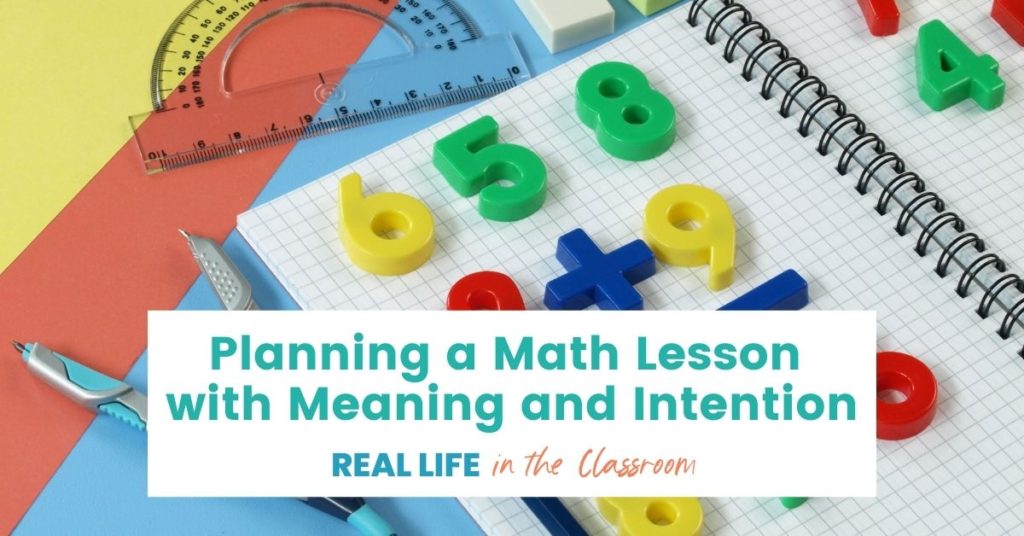
You need to come up with a system so you can easily plan intentional lessons that will help your students learn what they need to. You don’t want to waste too much time and energy in this process, but you want your lessons to be good and are tired of following the script! Having a framework that works for you is key.
Make Planning a Math Lesson Easier by Creating Some Habits
Check Your Curriculum
When planning a math lesson, or any lesson, start with the scope and sequence of your district. Many teachers just blindly follow the text (I know because I’ve been that person) but you could easily end up wasting your time teaching things that you don’t have to. Make a habit of checking the curriculum guide first every time you start a new chapter or unit.
Look at Your Texts
Consult your district-provided text. What are the most impactful elements of the math resource? Math program texts from big box companies have an overabundance of activities and steps. It’s super overwhelming, so unless your district requires you to teach with fidelity, treat the text like a menu and select the activities and items that best meet your needs.
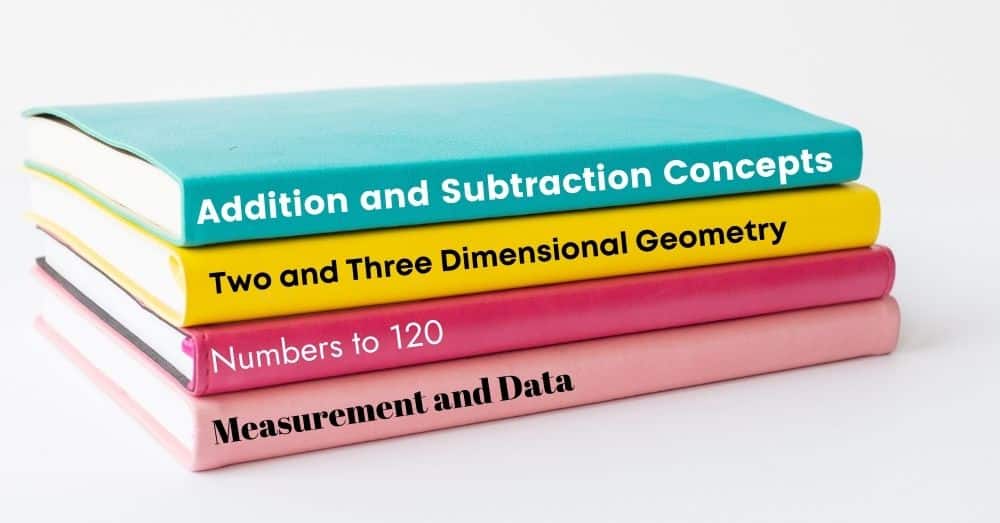
Create Some Structure
Decide how you want to structure your math lesson. How much time do you have? Does your district require your math block to be a certain length? How many groups do you want to meet with? How long will your mini-lesson be?
In my classroom, I like to do a 65-minute math block. When I have a co-teacher I split the class into 4 groups, but if I’m flying solo I prefer to do just 2 groups. This gives me time during the third rotation to touch base with all students.

I start the math block with a whole-group 10-minute mini-lesson, then meet with each group for 15 minutes. I then spend the next 15 minutes touching base with all students to check for understanding and reteach as needed (sometimes pulling groups). Last, I end with a ten-minute whole-group wrap up.
Plug Everything In
Decide when and how you will use those impactful pieces of the math curriculum you selected. What will you do for your mini-lesson? How will you use student practice pages? What are the kids doing for independent practice? Are they using centers? Computers? Jot it all down.
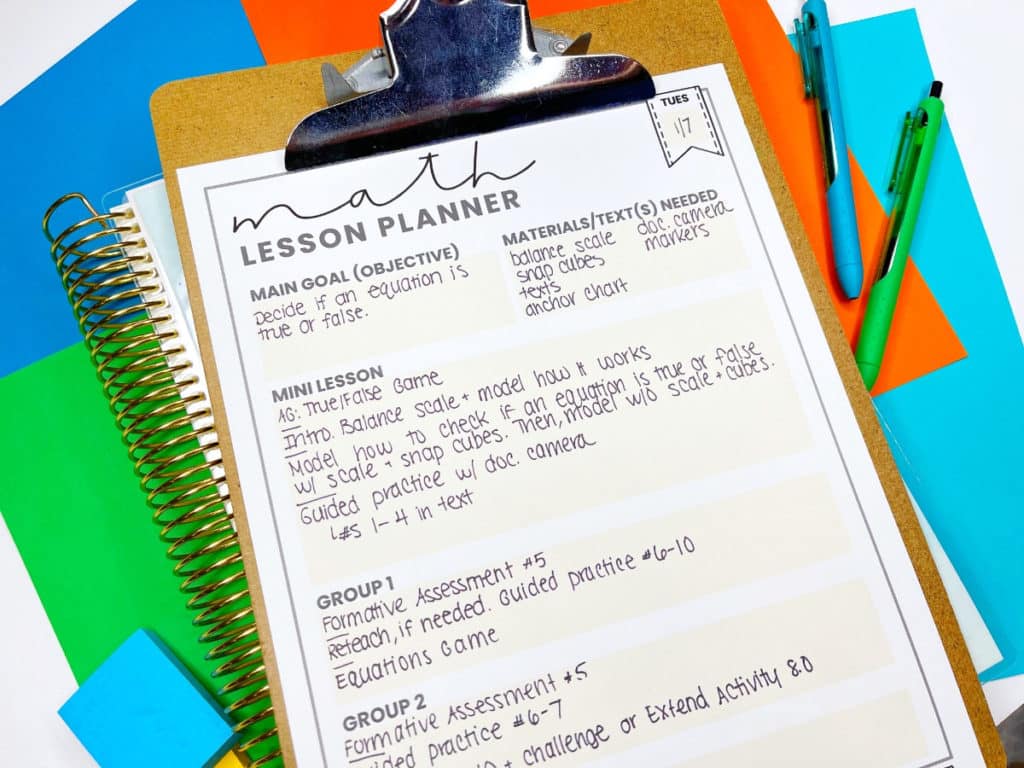
Pick Your Supplements
If you have a fun activity you found or purchased yourself that goes with this objective, THIS is the time to add it in. If you’re just starting out or don’t have something ready- ask yourself if the activities you have so far are enough or if you need more.
Think: What supplements will you use? Will you be adding to the text or replacing it? Be intentional- stay focused on the standard. You might have a resource that better helps students meet the standard than the actual text does.
I felt like my students weren’t getting enough practice applying the strategies and skills they were learning using the pages from my district’s program, so I created extra practice math pages with several items for each skill. These pages gave them the extra exposure and support that they needed.
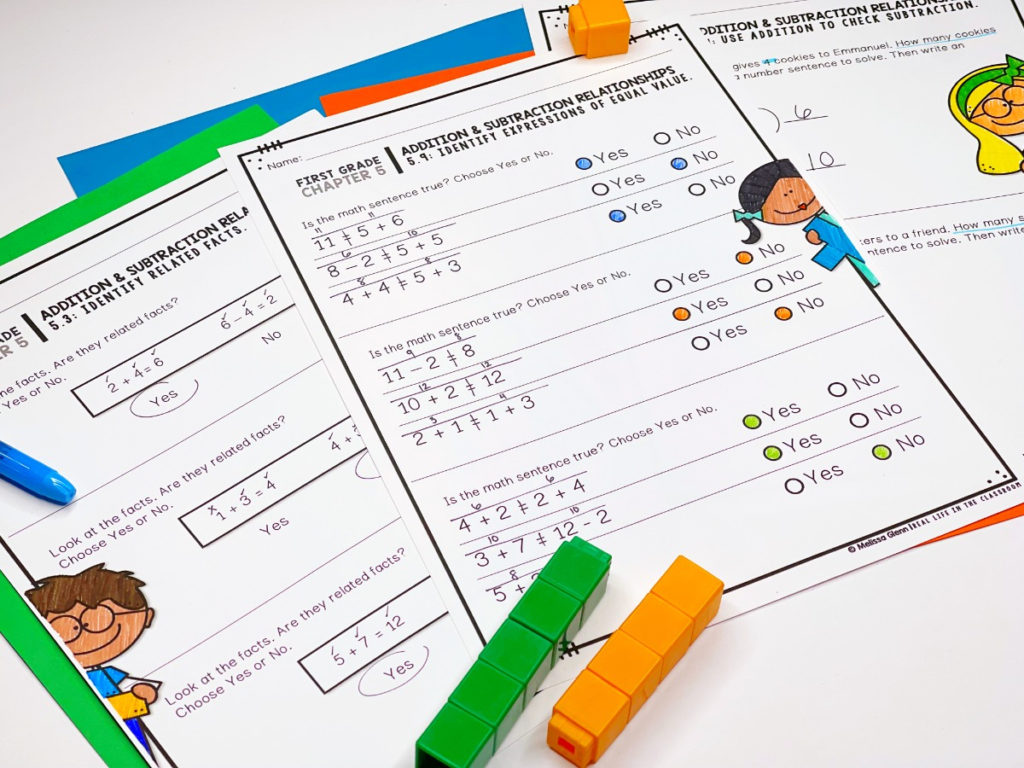
You can check out this bundle of extra practice pages for first grade math. They’re aligned to Go Math, but are standards-based so will work with any math program.
Think About Assessment
Have a system in place for assessment- but keep it informal! Don’t make this complicated. A lot of times when we hear “assessment” we think it has to be in-depth and time consuming. Think about confidence checks, exit slips, or even just observation. Keep your main learning objective in mind and check to see if your students are “getting it”.
Planning Math Lessons Gets Easier… I promise!
I know. This seems like a lot. Especially if you’re starting out or if you are a veteran teacher who has always just flown by the seat of your pants during instruction. The trick is to streamline the process to make it easy for you to plan your lessons.
Once you get the hang of this, it won’t be nearly as time consuming since you will have a general structure to work with. You will know which parts of the text you prefer using, your go-to supplements, etc. It will simply be a matter of staying focused on the standard and making sure the materials you are using are the best fit.

Tips to Stay on Track When Planning a Math Lesson
If something doesn’t work the way you want it to, make note of it in your text with a post-it. You do not want to repeat the same thing next year!
To save time, consider batching your planning! I like to batch plan every week for the week ahead. So I’ll plan five daily math lessons out one time a week so I’m set! I list out needed materials and make sure to grab everything so I’m ready the following week.
Planning A Math Lesson with Intention
Having a system in place will help you plan your math lessons much more quickly and intentionally. You’ll free up mental space to do other tasks and feel GOOD about the instruction you are providing.
Organize Your Thoughts
Math lesson planning doesn’t have to be stressful. Grab a copy of my FREE Math Lesson Planner to guide you through planning a math lesson for each day of the week.
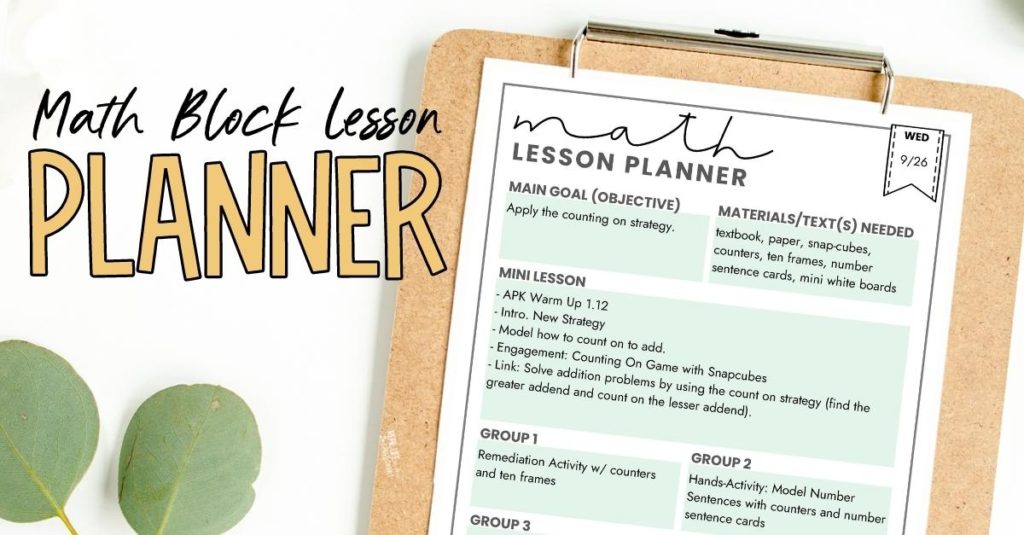
I don’t know about you, but writing (or typing) my thoughts and ideas helps me to stay organized and focused. You can type directly onto this math planner or print it out and write on it. This is not a lesson plan for administrators- I’ve cut out all the fluff and just left parts for you to thoughtfully plan your lessons. Click the image above to grab it!







